The best games of our childhood that we lost
Categories: Children
By Pictolic https://pictolic.com/article/the-best-games-of-our-childhood-that-we-lost.htmlIn the XXI century, children have quietly disappeared from the courtyards of big cities — now they play computer games or spend time in a well-mannered way in specially organized children's clubs. Together with the children, the culture of yard games and yard socialization (with all its features) disappeared. And if kids can still be found on playgrounds under the supervision of relatives, then schoolchildren are almost completely invisible. We look around the deserted autumn courtyards and remember the disappeared games that in many ways made us the adults we have become.
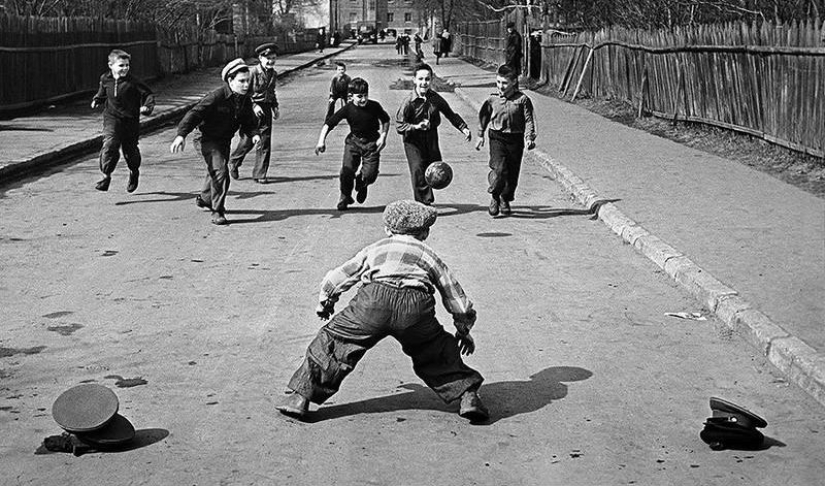
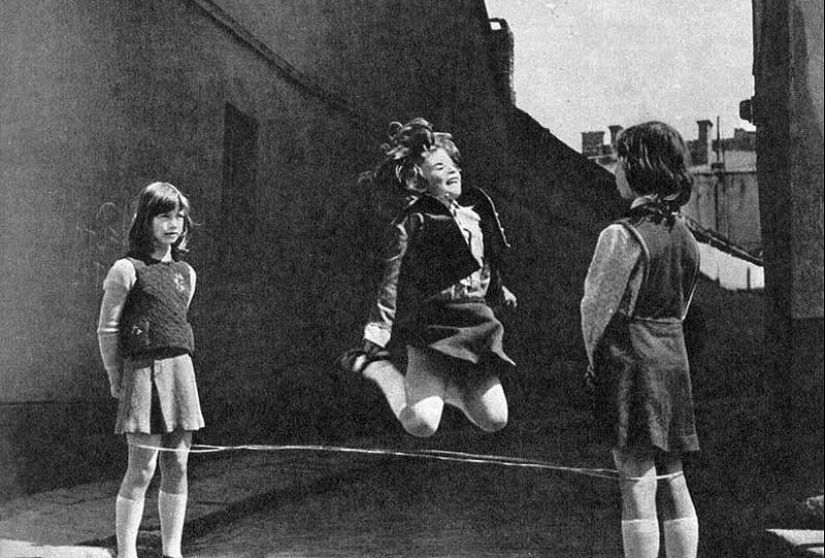
How to play: The main attribute of this game for girls is a linen elastic band. The ideal number of players is 3-4 people. Each participant performs jumping figures and combinations at different heights: from the level of the ankles (the "first" jump) to the level of the neck (the "sixth" jump). Jumping over a rubber band stretched at hip level bore the mysterious name "pozhepe". As soon as the jumper makes a mistake, another participant takes her place, and the girl who made the mistake puts on an elastic band. If there are four players, the pairs change places when both players from the same pair alternately make mistakes.
What develops: vestibular apparatus, coordination, attentiveness. It teaches you to train, to win, to lose with dignity, to jump above everyone and to be friends with girls, even if they are rivals at the moment.
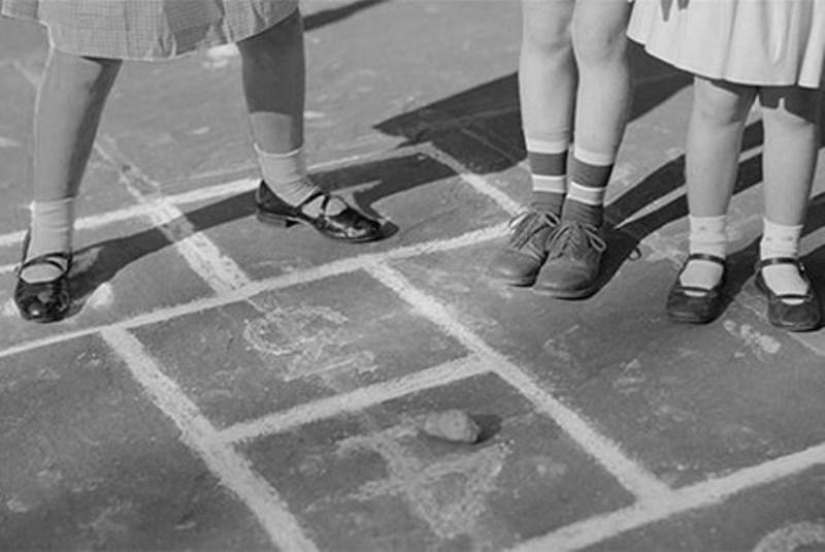
How to play: Crayons, an asphalt playground and a pebble (or a washer) are required. You draw small cells with numbers in a certain sequence, and you can jump at least alone. The main thing is to get a stone into the cage, jump to it on one or two legs and return back the same way. The most successful player is the one who manages to go all the way from one to ten. The number of players in the "classics" can be any.
What develops: dexterity, accuracy, ability to concentrate and knowledge of numbers, if the players are very young.
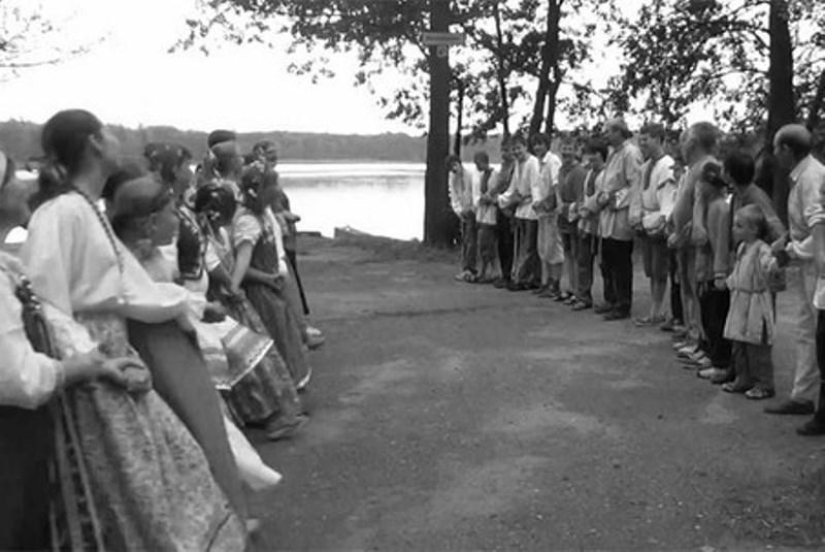
How to play: The participants of this ancient Russian folk game are divided into two equal teams and stand opposite each other in rows, holding hands, at a distance of 10-15 m. The teams move towards each other, uttering a long speech in turn: "Boyars, and we have come to you, dear, and we have come to you..." The dialogue ends with the words: "Boyars, open the gates, give us the bride forever." The one who is chosen as the bride must then run away and break through the enemy's chain. If the attempt is successful, the player returns to his team, if not, he remains in another one. The losing team starts the next con. The goal of the game is to gather as many participants as possible in the team.
What develops: the ability to be in a team and win in a one-against-all situation.
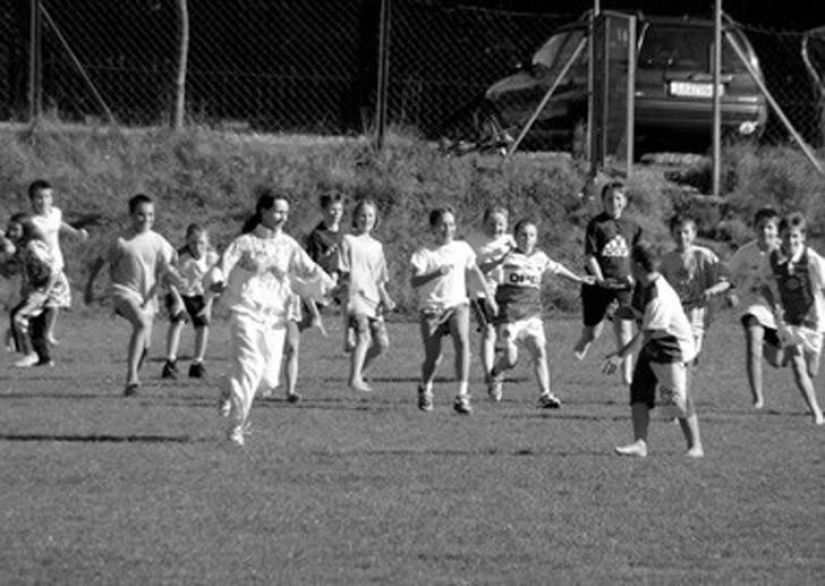
How to play: The driver's task is to stand with his back to the participants at the finish line (the greater the distance between the driver and the participants, the better) and say loudly: "Quiet down, you'll be further — stop." While the driver is talking (and he can do it at any pace), the participants try to run as far as possible towards the finish line. As soon as the driver stops talking, you need to freeze in place. The one who did not have time to stop or made a random movement is eliminated from the game. The winner is the one who gets to the finish line first and touches the driver.
What develops: coordination, the ability to run fast and react to changing circumstances.
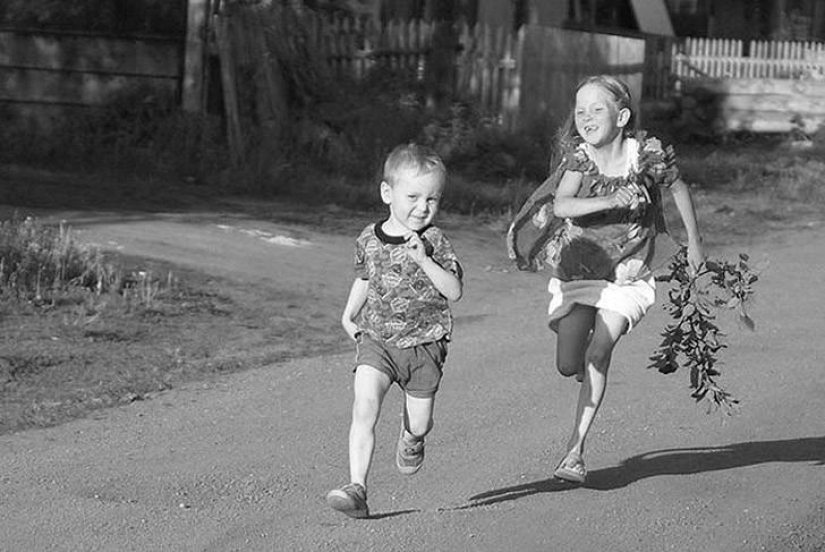
How to play: Participants run away from the driver (this game is a kind of sled). The driver catches up with the player and touches him — osalivat. Osalenny spreads his arms, and any other participant can run up, touch him and "help out". The task of the driver is not to stray far from the besieged and not to let anyone near him even a step. The summer version of the sorcerers is to run with "sprinklers" and pour water from leaky bottles on each other. Usually five minutes after the start of the game, everyone is wet, but very funny.
What develops: the ability to run smartly, think fast and enjoy life with might and main.
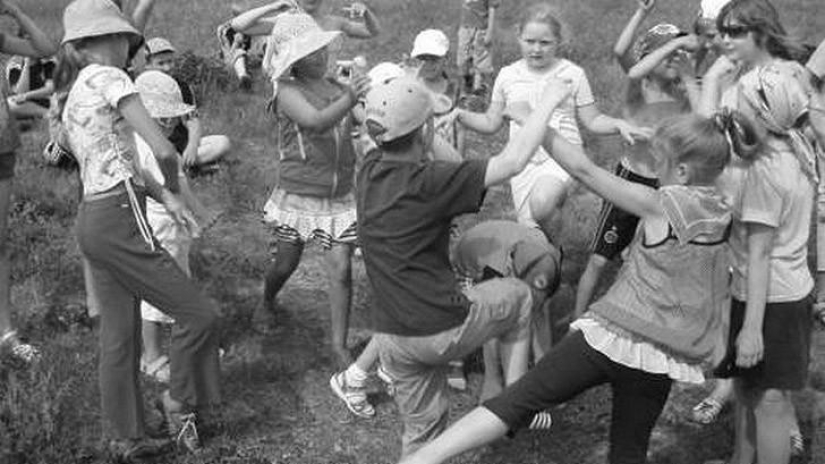
How to play: The presenter turns away from the players and says a little number:
The sea is agitated once,The sea is worried two,The sea is worried three,The sea figure on the spot freeze!
While he is talking, the participants randomly move in any order, depicting wave movements with their hands. As soon as the driver stops talking, you need to freeze in some figure. The driver approaches one of the players and touches him. The player depicts his figure in motion, and the driver guesses what it is. The player whose figure could not be guessed becomes the driver himself.
What develops: imagination, spontaneity and artistry.
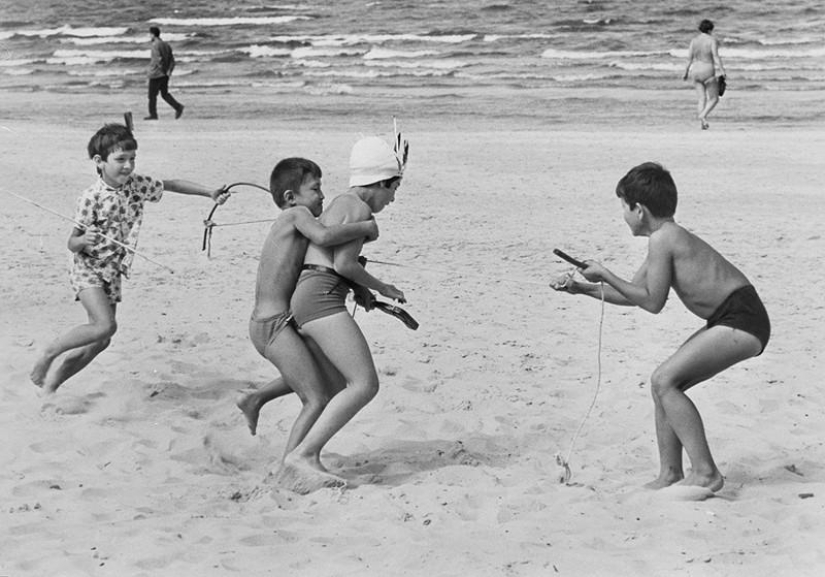
How to play: Players are divided into two teams — "Cossacks" and "robbers". They agree on which territory they play. It can be a courtyard, an entrance, a street, several courtyards. "Robbers" make up a secret word. The "Cossacks" move aside so as not to see the "robbers". "Robbers" run away, marking the direction of their movement with arrows on the asphalt (walls of houses, curbs, trees, etc.). They begin to run in a group, and then they run away, trying to confuse the "Cossacks" with arrows. The task of the "Cossacks" is to find the "robbers" by the arrows. Each "robber" is brought by the "Cossack" to the "prison" and guards him, trying to find out the secret word, for example, by torturing him with nettles. "Cossacks" win as soon as they find out the secret word or find all the "robbers".
What develops: the basic skills of scouts, the ability to navigate the terrain and not give up "their own".
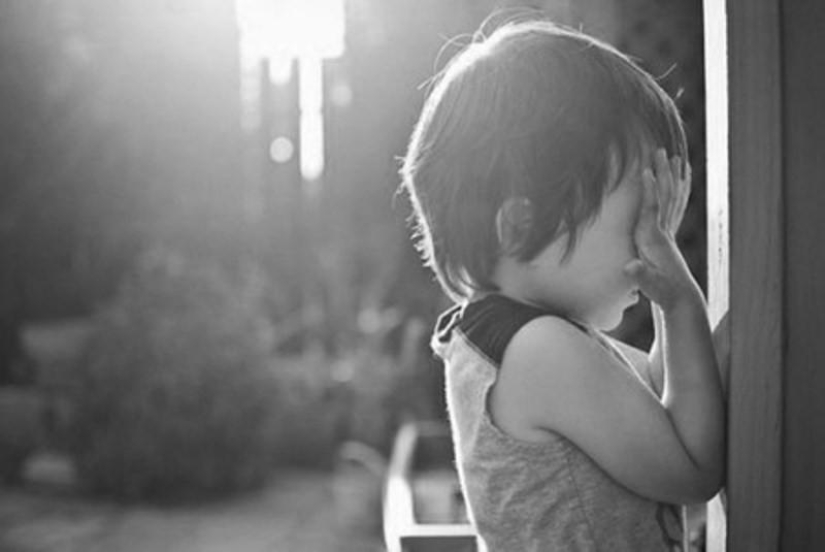
How to play: The game resembles the classic hide and seek. 12 small sticks are placed on a "lever" (for example, on a board and a pebble placed under it) so that, stepping on the lever, it was possible to scatter the sticks. The task of the driver is to collect the sticks, put them on the lever, say a little count with his eyes closed and go in search of hidden players. As soon as the driver discovers the player, he runs to the "lever" and breaks the sticks, calling the name of the found one. The player becomes the driver. If the found one manages to get ahead of the driver and reach the sticks first, the driver does not change.
What develops: the ability to hide competently and run quickly when necessary.
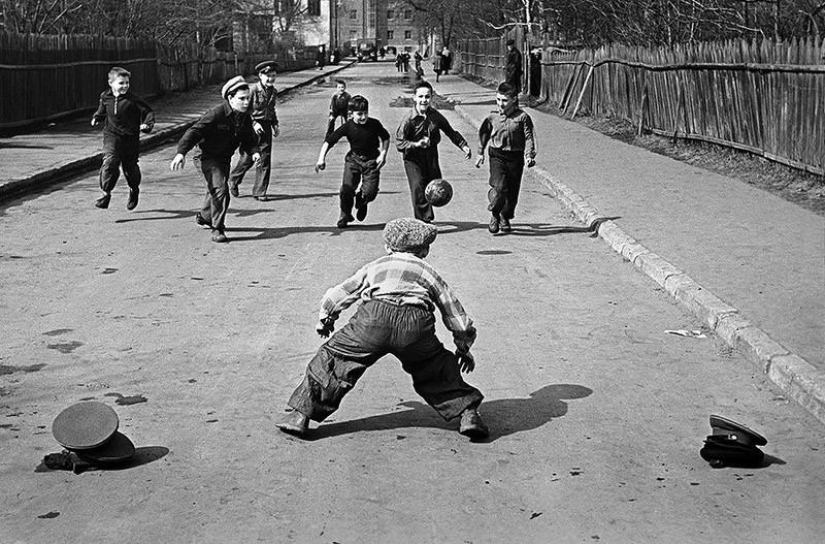
How to play: Two players stand on both sides of the court. The rest of the players are in the center. The task of "bouncers" — throwing the ball to each other, hit any of the "central" players. The task of the players is to dodge the flying ball. The one who was hit is out of the game. Other participants can "save" the eliminated player by catching the ball in the air (the main condition is not from the ground, otherwise you also fly out). When there is only one participant left in the team of "central" players, he must dodge the ball as many times as he is old. If he manages to do this, all those who have dropped out return to their former places.
What develops: the ability to dodge fast-flying objects, think about your neighbor and endure pain.
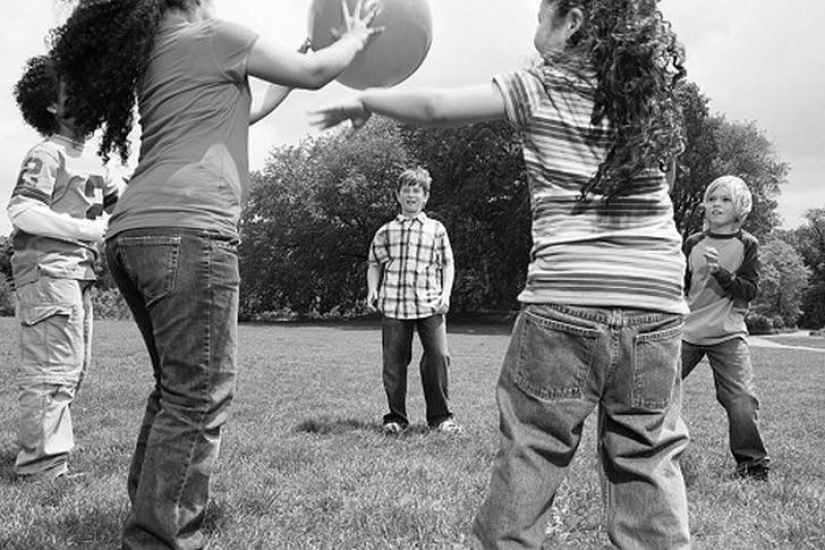
How to play: The first player picks up the ball, says: "I know one girl's name," hits the ball on the ground with one hand and calls the name. Then he continues with different variations: "I know one boy's name", "I know one color", "I know one animal", "I know one city". When all the combinations are used, the player says the same numbers, only on the count of two: "I know two names of a girl" — and then in a circle. The game continues until ten. If, while hitting the ball, the player did not have time to call a name or hit the ball, the turn passes to another participant. When the ball, having passed through all the participants, returns to the first player, he continues to play from the phrase on which he made a mistake. The winner is the one who gets to the top ten in this speech first.
What develops: multitasking, erudition, the ability to correct your mistakes and move on.
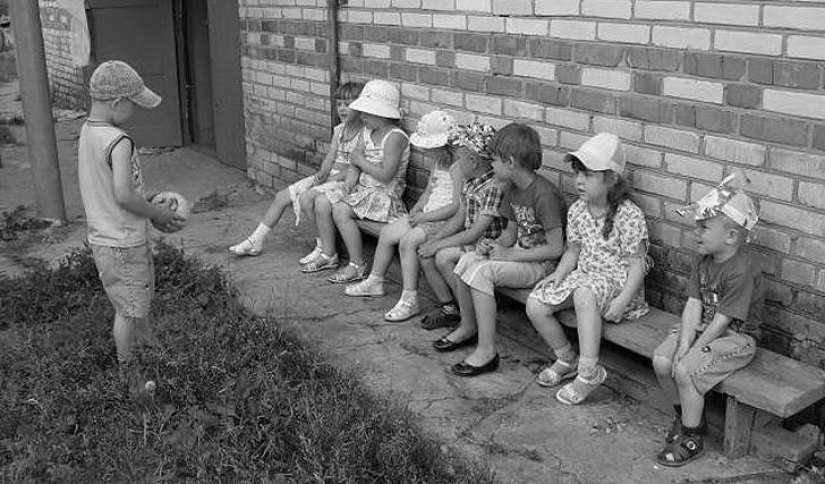
How to play: All players sit down or stand in a row. The driver throws the ball to one of the participants and at the same time calls some object. If the item is "edible", the player catches the ball. If not, it beats. The task of the driver is to confuse the player, for example, in the chain "apple — melon — carrot — potato" to unexpectedly say: "Iron". If a player makes a mistake and "eats" "inedible", then he becomes a driver. The faster the driver throws the ball and names the objects, the more exciting and interesting it is to play.
What develops: a sense of humor, the ability to listen carefully and react quickly.
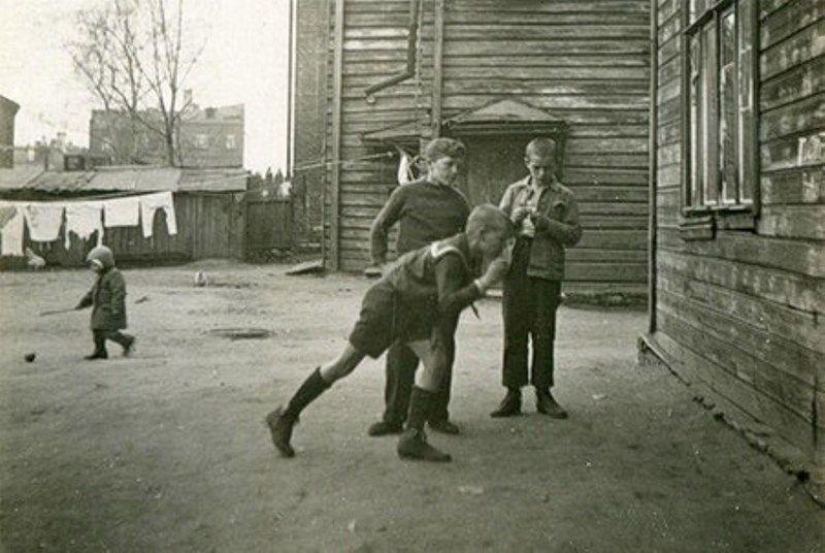
How to play: Players mark a circle on the ground. Then, in turn, they try to get a knife into the outlined territory of the enemy and thus win back as much land from him as possible. The knife can be thrown, including from the shoulder, with a flip, from the nose and even from the head. There are many versions of the game of "knives" under different names: "earth", "cities", "benches", "grandparents", "tanks", "boats", "football", "sea battle". The knife can be stuck into the ground, sand and even a wooden bench.
What develops: the ability to handle cold weapons, attentiveness and caution.
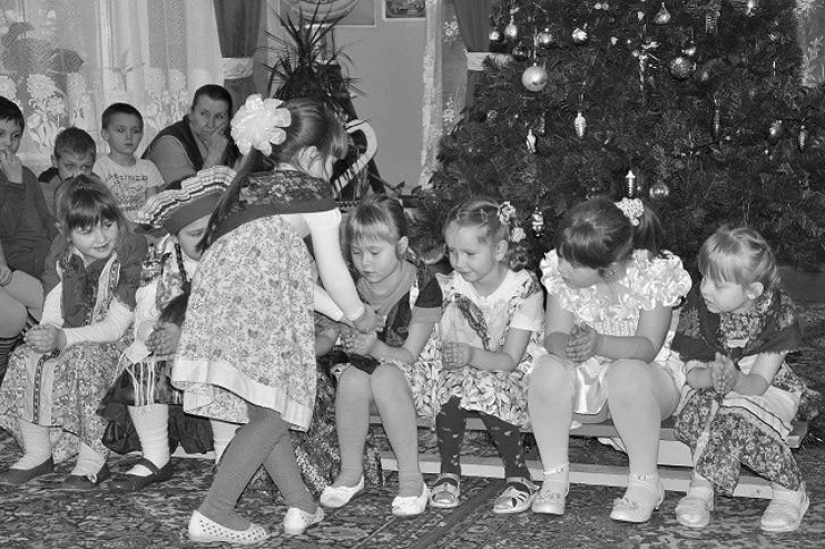
How to play: Players sit in a row and put their palms together in a boat. The driver holds a small object in his fist or folded palms, for example, a coin, a button, a ring. In turn, he bypasses each player, putting his own boat into his "boat" and saying the count: "I wear-I wear a ring and I will give it to someone." The task of the driver is to imperceptibly put a "ring" to one of the players and say: "Ring—ring, come out on the porch!" After that, the player who got the item jumps up and tries to escape. The task of the other participants is to detain the escapee.
What develops: the ability to monitor the manipulations of others, to act quickly and decisively.
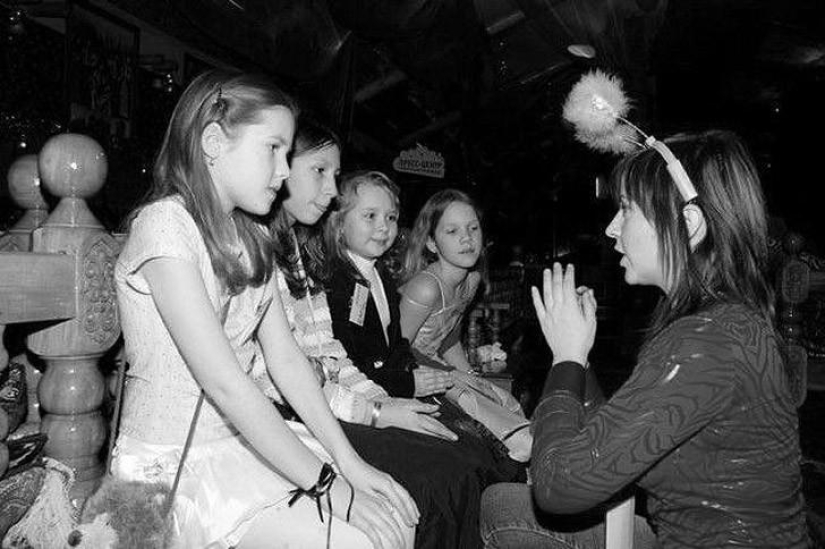
How to play: The driver pronounces the count:
Yes and no don't say,Don't call it black and white,Are you going to the ball?
His task is to confuse the player. After the counting, the driver asks the player a variety of clarifying questions: what will he go in, what will he go in, what color will the dress or trousers be, what is the groom's name, etc. The player's task is to answer questions without using the words "yes", "no", "black", "white". The most interesting thing is to mix simple and complex questions, change the pace of speech and intonation.
What develops: the ability to think outside the box, monitor your own speech, keep your attention and quickly find a way out of the situation.
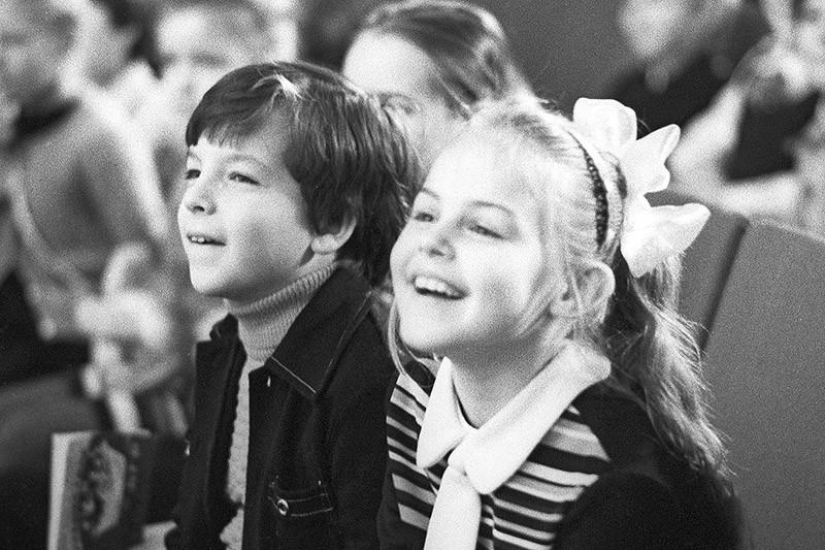
How to play: Each player chooses a name for himself — the name of the flower and tells it to the "gardener"-the driver and other players. The driver says a little number: "I was born a gardener, I got really angry, I got tired of all the flowers, except ..." And calls the "name" (the name of the flower) of one of the players. There is a dialogue between the driver and the player. The player pronounces the name of one flower from those that are in the team. The participant whose name was mentioned must respond. The dialogue continues. The one who made a mistake (for example, did not react to his name, mixed up the names of flowers), gives a forfeit — any of his things. At the end of the game, forfeits are played. The "gardener" turns away, the thing is taken out and the driver is asked: "What should this player do?" The "gardener" assigns a task (to jump on one leg, squat, sing, tell a poem, etc.) — the player "fulfills" the forfeit and takes his thing.
What develops: memory, attention, courage and willingness to be responsible for their actions.
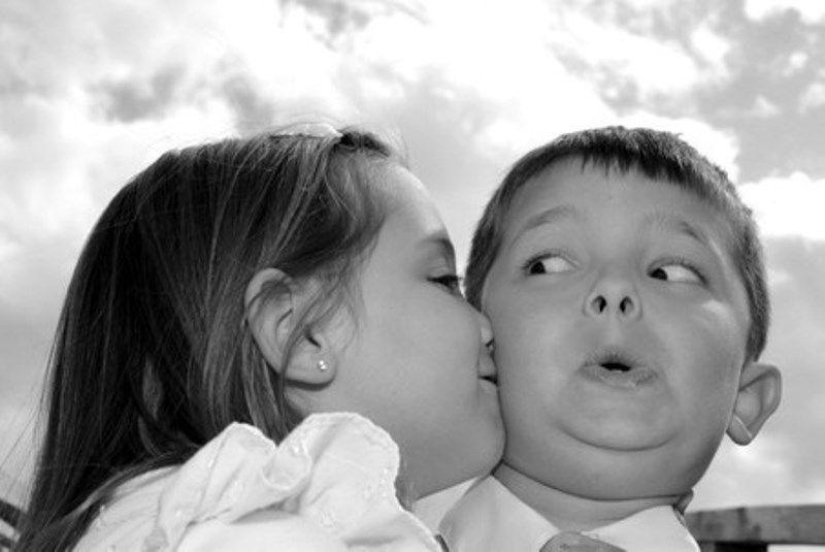
How to play: The driver and one of the players stand in front of the other participants: the driver — face, the player — back. The driver points to one of the participants and asks: If the player standing with his back answers "scram", the driver continues to choose. As soon as the player says "meow", the driver asks him: "What color?" The player chooses a color and turns to face the rest of the participants. Depending on the chosen color, the player and the team member complete the task. The player has no right to refuse the task.
White is the scariest color. Two should retire in the entrance. What they are doing there — history is silent every time. Green — three questions that the player can only answer with "yes". Usually tricky questions like: "Do you love him?" Red — a kiss on the lips. Pink is the same, but on the cheek. Yellow — three questions in private. When choosing an orange color, you need to walk under the handle, preferably past adults. Blue — to kiss the hand. Purple — to commit a bad deed. For example, to step on a foot, pull a hair or take away an ornament.
What develops: the ability to communicate with the opposite sex, manage their impulses and find socially acceptable forms for their desires.
Recent articles

Historically, it was men who were considered fetishists, but, it turns out, representatives of the fair sex also have their own ...

The Falkirk Wheel is located near the city of Falkirk (thanks to it, it got its name). This super-weapon is unique in its kind. The ...

The world around us is constantly being transformed, so is it any wonder that the attitude of the law to some things and actions ...